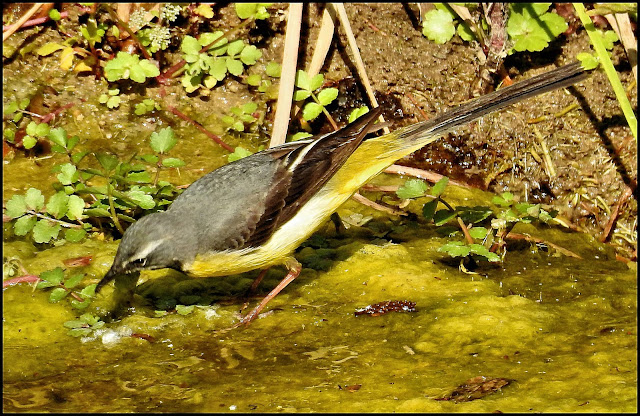The Short-toed Treecreeper, Certhia brachydactyla, is a diminutive passerine bird, a master of camouflage with its mottled brown upperparts and whitish underbelly. This species, with its curved bill and stiff tail feathers, is adept at navigating the vertical world of tree trunks in search of sustenance.
When attempting to identify the Short-toed Treecreeper, look for its intricate pattern of black, buff, and white on dull grey-brown upperparts, a subtle off-white supercilium, and less vivid underparts compared to its throat. Both sexes are similarly attired, while juveniles may present with whitish underparts and occasionally a buff belly. Its bill is slightly longer and toes shorter than those of its common cousin, aiding in its identification.
This species is a resident of woodlands, showing a preference for mature deciduous trees and lower altitudes, particularly where oak trees are abundant. It tends to avoid pure coniferous stands, especially where its range overlaps with the Common Treecreeper.
The Short-toed Treecreeper graces the warmer regions of Europe and extends its reach into North Africa. It is generally sedentary, though vagrants have been noted beyond its usual breeding grounds.
This unassuming bird is solitary in winter, but may roost communally during cold spells. It ascends tree trunks in short hops, using its tail and feet for support, and exhibits an erratic, undulating flight pattern.
The call is a shrill "tyt…tyt tyt-tyt," while the song varies geographically, ranging from a simple sequence in Denmark to a lower-pitched variant in North Africa. The song is an important identifier, as visual differentiation from the Common Treecreeper can be challenging.
Nesting occurs in tree crevices or behind bark, with a clutch of about six eggs laid in a twig, pine needle, or bark nest lined with softer materials. The female incubates the eggs, and both parents feed the altricial chicks until fledging.
The Short-toed Treecreeper is often confused with the Common Treecreeper, which is whiter below and has a warmer, more spotted appearance above. The North American Brown Creeper also bears a resemblance but has never been recorded in Europe.
Insects and spiders gleaned from tree bark comprise the bulk of its diet, with seeds occasionally supplementing its winter diet. It forages methodically, spiraling up tree trunks and rarely descending headfirst.
The Short-toed Treecreeper is classified as Least Concern by the IUCN, with a stable and extensive range and population. It is common throughout much of its range, though rarer in some locales such as the Caucasus and Channel Islands.











%2020.jpg)
%2021.jpg)
%2030.jpg)








%20(Larosterna%20inca)%2024.jpg)
%20(Larosterna%20inca)%2025.jpg)
%2021.jpg)
%2022.jpg)

%2020.jpg)


%20(Picus%20vittatus)%2030.jpg)
%20Dinopium%20rafflesii)%2040.jpg)
%2020.jpg)





%2020.jpg)